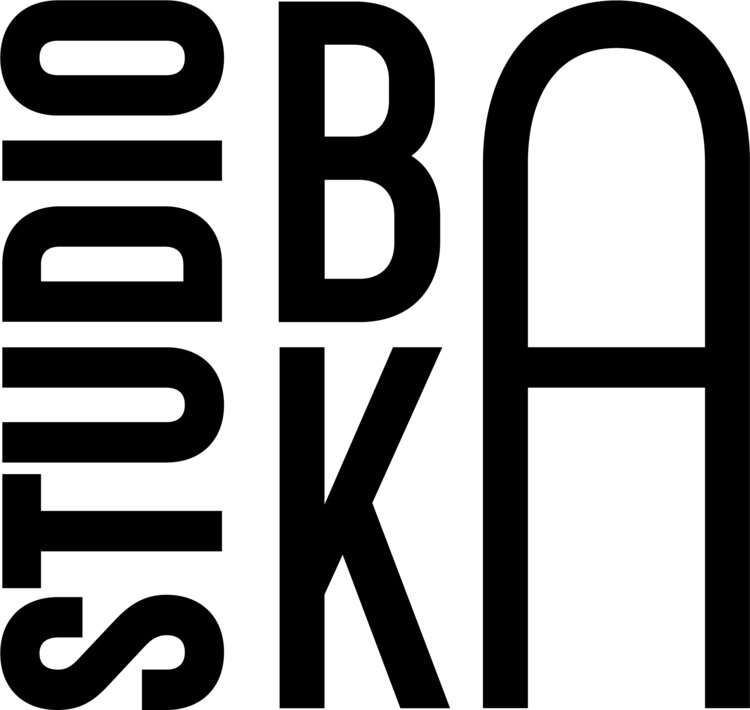One of the adjustments to make when using BIM for drawing production after years of AutoCAD is remembering that you have all of this information in three dimensions at your fingertips, if things are modeled correctly. Gone are the days of switching to ISO mode and redrawing a detail with 3 locked axes, which just describing is making me both sleepy and angry.
Little axos were used often to show corner conditions or transitions when 2D got too crowded or just didn't cut it. Though time consuming, they were often my favorite details, and contractors' as well, because of the instant communication of an idea that might have taken 3-4 convoluted 2D details to convey, or 15 minutes of a meeting.
Integrating these into your construction drawings in BIM is stupidly easy and affords all kinds of increased creativity in showing how things go together. One of my favorite methods is what I've taken to calling the "Bat Signal" method. You're familiar with the concept of the Bat Signal, unless your only experience with Batman is with the more recent, heavily emo iteration of the Dark Knight. If so, Google Adam West and lighten up; and also, see below:
Bat signal, circa 1970
One problem with the old CAD axo method, and with industry standard construction drawings, is - how do you callout a 3D detail on a 2D plan or section? Section markers don't cut it and callout bubbles can work but the connection can be lost between the larger and smaller scales, especially if the detail is on a separate page.
Enter the 3d callout, Bat Signal Method:
Holy Parameters, Batman!
Simply constructed with two frameless views and some detail lines directly on the sheet, this arrangement solves several visual communication problems at once. And once you use this a few times, you start realizing how many places you can use this to demonstrate complex intersections. And you start getting encouraged to model these correctly to create useful diagrams. It's a self-perpetuating cycle that encourages 3D thinking all around.


